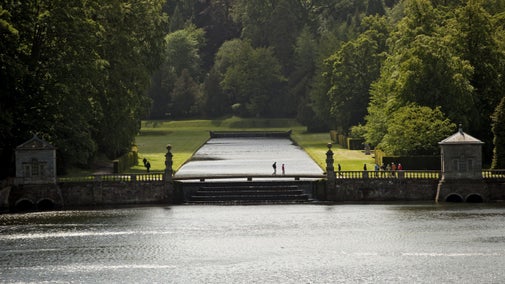Encouraging people to get involved and learn more about nature, heritage and the landscape was integral for this project to succeed. Working with local schools, community groups and volunteers, people gave over 23,800 hours of their time to the Skell Valley Project.
Celebrating heritage in the Skell Valley
The project focussed on neglected heritage, restoring built heritage features around the Skell Valley including the Roman Monument in the Seven Bridges Valley and the 19th century bridge and boathouse in the historic landscape at Eavestone Lake.
New walking trails
Three new walking trails were launched by the Skell Valley Project:
The Fountains Way | Yorkshire | National Trust
Hell Wath Nature Trail| Yorkshire | National Trust
Skell Valley Explorer | Yorkshire | National Trust
The trails were designed to help improve physical access to areas of the Skell Valley and provide better intellectual access with new information panels and signage to help people explore and learn more about the natural and cultural heritage around them.


























































